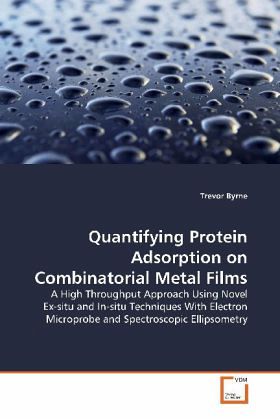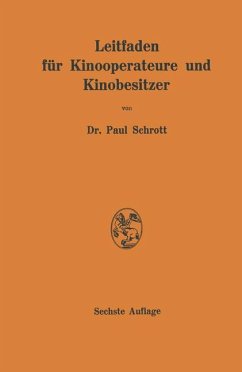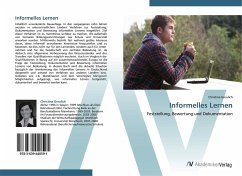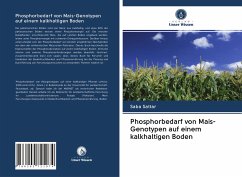
Quantifying Protein Adsorption on Combinatorial Metal Films
A High Throughput Approach Using Novel Ex-situ and In-situ Techniques With Electron Microprobe and Spectroscopic Ellipsometry
Versandkostenfrei!
Versandfertig in 6-10 Tagen
32,99 €
inkl. MwSt.

PAYBACK Punkte
16 °P sammeln!
This book is a 2008 MSc thesis that presents new high throughput techniques for quantifying protein adsorption on metal surfaces. Using a materials synthesis approach developed at Dalhousie University, combinatorially sputtered Al-, Nb-, Ta-, and Ti-containing films were prepared and characterized. In order to test the metal surfaces for their protein affinity ex-situ, a calibration method was devised for wavelength-dispersive spectroscopy. Fibrinogen and albumin absorption amounts on each film were correlated to their compositional gradient and were directly compared to the adsorbed amounts o...
This book is a 2008 MSc thesis that presents new
high throughput techniques for quantifying protein
adsorption on metal surfaces. Using a materials
synthesis approach developed at Dalhousie
University, combinatorially sputtered Al-, Nb-, Ta-,
and Ti-containing films were prepared and
characterized. In order to test the metal surfaces
for their protein affinity ex-situ, a calibration
method was devised for wavelength-dispersive
spectroscopy. Fibrinogen and albumin absorption
amounts on each film were correlated to their
compositional gradient and were directly compared to
the adsorbed amounts obtained ex-situ using
spectroscopic ellipsometry. A simple and novel flow
cell design is also presented here for use with
variable angle spectroscopic ellipsometry to study
the adsorption of liquid-borne species in-situ. The
flow cell allows a sample to be probed point by
point and at any common ellipsometric angle of
incidence, unlike other designs.
high throughput techniques for quantifying protein
adsorption on metal surfaces. Using a materials
synthesis approach developed at Dalhousie
University, combinatorially sputtered Al-, Nb-, Ta-,
and Ti-containing films were prepared and
characterized. In order to test the metal surfaces
for their protein affinity ex-situ, a calibration
method was devised for wavelength-dispersive
spectroscopy. Fibrinogen and albumin absorption
amounts on each film were correlated to their
compositional gradient and were directly compared to
the adsorbed amounts obtained ex-situ using
spectroscopic ellipsometry. A simple and novel flow
cell design is also presented here for use with
variable angle spectroscopic ellipsometry to study
the adsorption of liquid-borne species in-situ. The
flow cell allows a sample to be probed point by
point and at any common ellipsometric angle of
incidence, unlike other designs.












